M USEUM R EGISTRATION M ETHODS 6 TH E DITION
AMERICAN ALLIANCE OF MUSEUMS
The American Alliance of Museums (AAM) has been bringing museums together since 1906, helping to develop standards and best practices, gathering and sharing knowledge, and providing advocacy on issues of concern to the entire museum community. Representing more than thirty-five thousand individual museum professionals and volunteers, institutions, and corporate partners serving the museum field, the Alliance stands for the broad scope of the museum community.
The AAMs mission is to champion museums and nurture excellence in partnership with its members and allies.
Books published by AAM further the Alliances mission to make standards and best practices for the broad museum community widely available.
Published by Rowman & Littlefield
An imprint of The Rowman & Littlefield Publishing Group, Inc.
4501 Forbes Boulevard, Suite 200, Lanham, Maryland 20706
www.rowman.com
6 Tinworth Street, London SE11 5AL
Copyright 2020 by The American Alliance of Museums
All rights reserved. No part of this book may be reproduced in any form or by any electronic or mechanical means, including information storage and retrieval systems, without written permission from the publisher, except by a reviewer who may quote passages in a review.
British Library Cataloguing in Publication Information Available
Library of Congress Cataloging-in-Publication Data
Library of Congress Control Number: 2020904516
ISBN: 978-1-5381-1310-3
ISBN: 978-1-5381-1311-0
ISBN: 978-1-5381-1312-7
 The paper used in this publication meets the minimum requirements of American National Standard for Information SciencesPermanence of Paper for Printed Library Materials, ANSI/NISO Z39.48-1992.
The paper used in this publication meets the minimum requirements of American National Standard for Information SciencesPermanence of Paper for Printed Library Materials, ANSI/NISO Z39.48-1992.
C ONTENTS
Guide
T HE PRODUCTION of this book has been a community effort, with so much owed to so many that we cannot acknowledge everyone who helped by name. However, a very special thank-you goes to all of the contributing authors of this edition and their predecessors, with particular thanks to the editors of the previous two editions, Rebecca Buck and Jean Gilmore.
John is forever grateful to Julianne Snider for her support, advice, technical expertise, help with figures, and general wise counsel during the course of this project.
Toni would like to thank Scott Kiser for his understanding of such an important project and the help provided during many editing and writing sessions.
We thank our editor at Rowman & Littlefield, Charles Harmon, for the opportunity to take on this project and for his continual interest and support.
I n 1958, Dorothy Dudley and Irma Bezold Wilkinson published the first edition of Museum Registration Methods, a groundbreaking work on best practices in the care and management of museum collections. Since then, the American Alliance of Museums (AAM) has kept Museum Registration Methods in print through five editions, each representing a major leap forward in the evolution of the collections profession.
Much has changed in collection practices since the first edition of Museum Registration Methods appeared more than sixty years ago. Best practices, functions, roles, and responsibilities have continually adapted to meet the needs and expectations of museums, audiences, and other key stake-holders, and new job titles have been introduced to reflect changes in the profession. While the role of the registrar remains an integral and critical museum function, there may be staff members with different titles or specializations who are responsible for registration and collections management.
Since the publication of the fifth edition of Museum Registration Methods a decade ago, the profession has adapted and grown significantly. There are new areas of specialization and additional responsibilities, including the care of digital objects, increased emphasis on provenance research, and changes in the legal landscape, along with recognition of the importance of achieving equality and diversity in the profession. The AAM Collection Stewardship Professional Network in collaboration with the Association of Registrars and Collections Specialists (ARCS) continue to promote and advocate for the interests of the profession and champion the highest standards of professionalism.
Museum Registration Methods has long been the most comprehensive definitive resource for collections professionals, and this sixth edition continues to build on that body of knowledge to offer timely professional guidance on digital collections, provenance research, repatriation, loans, exhibitions, shipping, collections storage and care, databases, and much more.
We are indebted to Toni Kiser, John Simmons, and the contributing authors to this volume for their tireless work and dedication to updating and expanding Museum Registration Methods for the next generation of museum professionals, and to all who have contributed their time and expertise to this endeavor in the past, particularly Rebecca A. Buck and Jean Allman Gilmore, whose significant contributions in the fourth and fifth editions have made an indelible imprint on collections work.
The profession continues to thrive and flourish through a belief in shared expertise, experience, and knowledge. This sixth edition of Museum Registration Methods is a testament to that collaborative spirit as we continue to strive for the ideal in our work.
| DANIELLE HALL BENNETT | SEBASTIN E. ENCINA |
| PRESIDENT | CHAIR, COLLECTIONS STEWARDSHIP PROFESSIONAL NETWORK |
| ASSOCIATION OF REGISTRARS AND COLLECTIONS SPECIALISTS | AMERICAN ALLIANCE OF MUSEUMS |
I N A RECENT best-selling novel, the protagonist finds an elegantly embossed card in an exhibit case indicating that an object has been removed and loaned to another institution. The narrator explains that the card is called a loan log or a title card and is used by museum curators in exchange for an object that is on temporary loan (as if there were some other kind). The narrator then explains that two of these cards are printed for each object that is loanedone card is exhibited to thank the lender (mistakenly called a donor in the novel) and the other held as collateral for the object on loan. Despite its invisibility, registration and collections care are the heart of the museum and are constantly evolving to meet new challenges.
A quantitative measure of the changes in the profession since the publication of the first edition of Museum Registration Methods (MRM) in 1958 can be made by comparing the size of the first edition with the fifth edition. The first edition was a modest 225 pages, weighed less than 1 pounds, and included contributions from 15 professionals. By 2010, the fifth edition of the book (MRM5) had grown to 516 pages with contributions by 68 authors, and weighed in at 4 pounds.
While preparing this edition we have noted several significant differences compared to MRM5 that reflect recent changes in the profession. For one, the job titles registrar and collections manager are now virtually synonymous (see among others. However, it is important for those of us in the profession to keep in mind that not everything has been scanned and posted on the web; there is still a significant body of information useful to registrars and collections managers that is available only in print form (particularly older information).


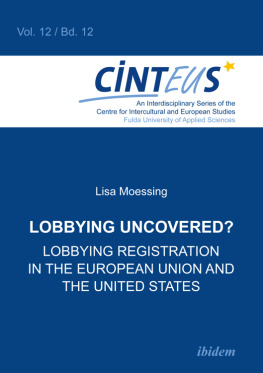
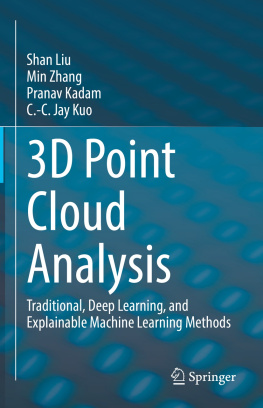
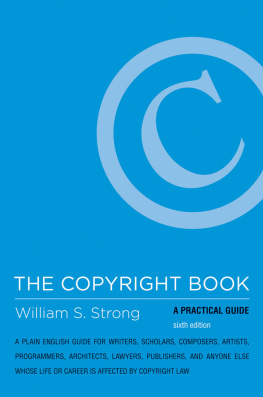

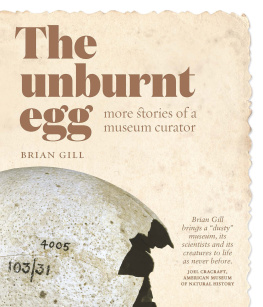
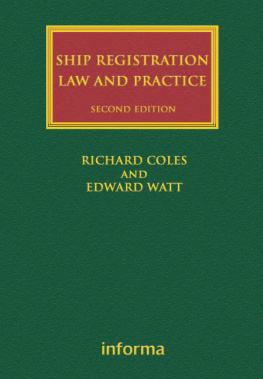

 The paper used in this publication meets the minimum requirements of American National Standard for Information SciencesPermanence of Paper for Printed Library Materials, ANSI/NISO Z39.48-1992.
The paper used in this publication meets the minimum requirements of American National Standard for Information SciencesPermanence of Paper for Printed Library Materials, ANSI/NISO Z39.48-1992.